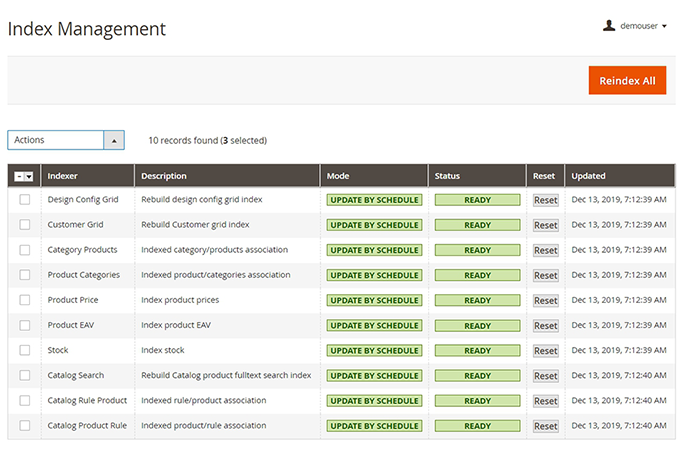How does Google Shopping work?
Google Shopping is a powerful online retail platform that streamlines the e-commerce experience. It
operates by aggregating product listings from various online merchants, allowing users to search for,
compare, and purchase products across a wide range of categories. When a user enters a search query,
Google's algorithms display relevant product listings with images, prices, and seller information.
Merchants pay for product listings through Google Ads, with ad placement determined by factors like bid
amount and product relevance. Users can then click on listings to visit the seller's website and make a
purchase. Google Shopping simplifies online shopping, providing a convenient and comprehensive
marketplace for both consumers and retailers.
What are Google Shopping Ads?
Google Shopping Ads are a type of online advertising that enables businesses to showcase their products
on Google's search results page. These ads display a product's image, title, price, and store name,
making it easy for users to compare products visually. They operate on a pay-per-click model, where
advertisers bid on relevant keywords to ensure their products appear when users search for related
terms.
Google Shopping Ads leverage a product feed, containing essential details about each item, to match
search queries with relevant products. They offer an efficient way for e-commerce businesses to reach a
broader audience and drive potential customers directly to their product pages, enhancing visibility and
sales.
What is the Google Merchant Center?
The Google Merchant Center is a pivotal platform that empowers businesses to showcase their products on
Google's expansive ecosystem. It serves as a hub for retailers to upload, manage, and optimize their
product data, ensuring accurate and up-to-date information on Google Shopping, Search, and other
affiliated services. This robust tool enables businesses to create engaging product listings, complete
with images, descriptions, and pricing details.
Moreover, it facilitates the seamless integration of inventory data, allowing for real-time updates and
inventory management. By harnessing the Google Merchant Center's capabilities, businesses can enhance
their online visibility, attract potential customers, and drive sales through Google's vast digital
marketplace.
What are product feed requirements for Google Shopping?
Product feed requirements for Google Shopping are essential to ensure your online store's products are
accurately displayed to potential customers. Google requires a well-structured data feed containing
product information, including attributes like title, description, price, and availability. Images
should meet specific size and quality standards, with unique product identifiers such as GTINs or MPNs
for product identification.
Accurate and up-to-date information is crucial, as inconsistencies can lead to disapprovals or poor
rankings. Additionally, structured data markup on your website can enhance visibility. Adhering to these
feed requirements helps optimize your products' visibility on Google Shopping, driving potential
customers to your online store.
What are the costs associated with Google Shopping Ads?
The costs of Google Shopping Ads are multifaceted. First, there's the expense of the actual ad
campaign, which operates on a pay-per-click (PPC) model. Advertisers set budgets and bid on keywords,
with costs varying based on competition and keyword popularity. Second, there's the cost of product data
optimization, ensuring accurate and appealing listings. Additionally, businesses may invest in
professional management services to maximize campaign efficiency, incurring service fees.
Finally, there's the opportunity cost of not utilizing this powerful advertising channel, potentially
losing out on revenue. While Google Shopping Ads can yield high returns, understanding and managing
these costs is crucial for a successful e-commerce strategy.
What are the benefits of Google Shopping over traditional online advertising?
Google Shopping offers several advantages over traditional online advertising. Firstly, it provides a
visually engaging format, showcasing products with images and prices directly in search results,
enhancing user experience and driving higher click-through rates.
Secondly, Google Shopping employs a pay-per-click model, ensuring that advertisers only pay when users
show genuine interest by clicking on a product. This cost-effectiveness contrasts with traditional
methods like banner ads, which charge for impressions, regardless of user engagement.
Furthermore, Google Shopping leverages Google's powerful search algorithms, enhancing product
visibility to a highly targeted audience based on search intent and user behavior.








